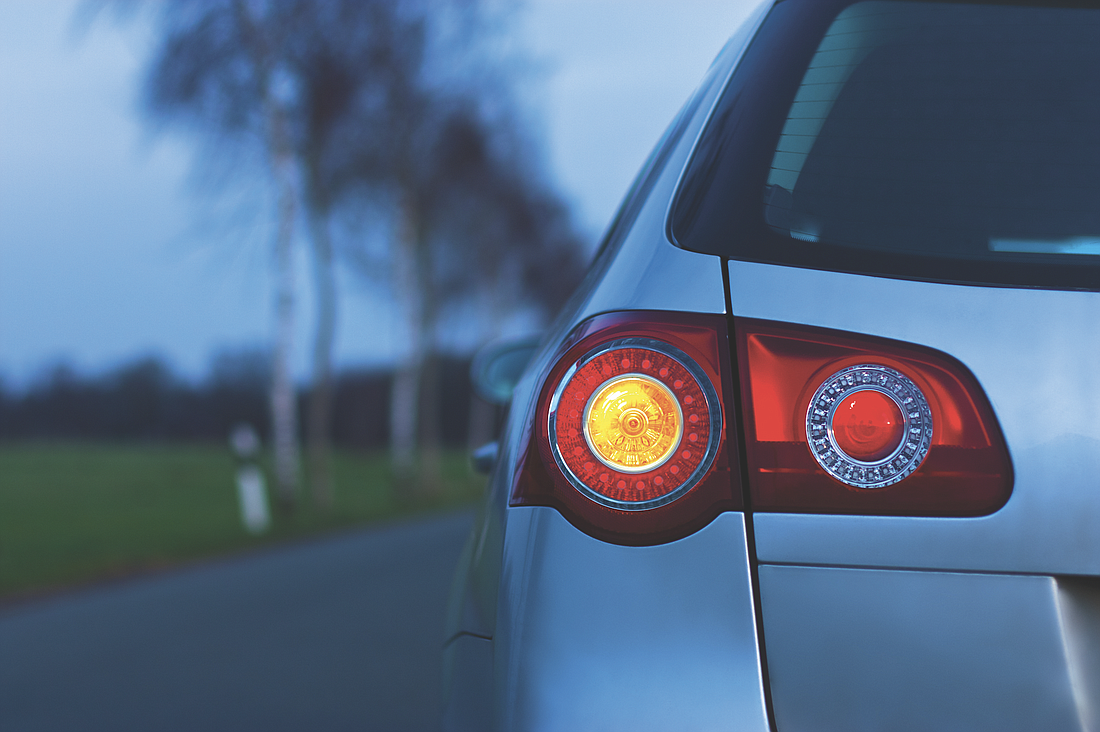- January 21, 2025
-
-
Loading

Loading

Most Code Enforcement rules are about eyesores: overgrown yards, trash cans left out, and so on. Code Enforcement staff make rounds in the community to check for those violations during the day.
But there’s one common violation that only occurs right when most people are least likely to see it: Leaving a car parked in a swale between 1 a.m. and 6 a.m.
That’s a violation for safety and water drainage reasons, not appearance: Cars parked along swales narrow the roadway, potentially making it hard for large emergency vehicles like fire trucks to get through, and impeding lines of sight for drivers and pedestrians, according to city staff. And habitual swale-parking can rip up the swale, making it drain less efficiently.
If those are the reasons for the rule, why is parking in swales only a violation from 1 a.m. to 6 a.m., and not all the time? “I’d ask the same question,” Code Enforcement Manager Barbara Grossman said. But that’s been the rule ever since ITT days, she said.
Mayor Milissa Holland noted that the city had “inherited a very well-designed, engineered drainage system” from ITT.
“We understand and respect that we have residents from all over the world that reside here and wonder, ‘What is that ditch in front of our house, what is it for?’ ... I always tell people, ‘If you’re seeing water in your swales, it’s much better than seeing it in your house.’ So the swale system really is an integral part of that well-engineered drainage system.”
Avoiding vehicle ruts in swales, she said, is one way residents can protect that system.
Holland grew up in upstate New York, she said, where there were no swales — but she remembers her father cleaning the home’s gutters, and it’s the same concept.
The city takes the matter seriously. For about five years, it has assigned two Code Enforcement employees to take to the streets from 3:30 a.m. to 6 a.m. once each week to check for violators.
They’ll first get a courtesy notice; then, if that doesn’t work, a notice of violation; then, if that still doesn’t work, they’ll be scheduled before the city’s Code Board.
For most people who break the rule, Grossman said, it’s a matter of “putting 10 pounds in a 5-pound bag,” with families getting more cars as children get old enough to drive or other relatives move in, and simply parking on the grass instead of bothering with cleaning out the garage or enlarging the driveway so all the cars can fit on pavement.
Over the past couple of months, city Code Enforcement employees — with some help from citizens who’d reported their neighbors — noted about 270 potential violations, not including ones that were investigated but determined to be unfounded. A city report lists five “open” cases, still actively pursued by the city. Those could go before the Code Board: About that many cases make it to the Code Board each month.
The rest have been resolved, with violators ceasing their swale-parking after a courtesy notice or a notice of violation, Grossman said. Sorting a list of violations from the past two months by the name of the street reveals series of clusters: 14 cases on Blare Drive, nine on Coral Reef Court, eight on Felter Lane.
That’s because when Code Enforcement staff respond to check a citizen report of a violation, they also check every other home on the same street.
“The goal of that is, we don’t want to single anybody out,” City Spokeswoman Cindi Lane said.
BY THE NUMBERS:
Here's how many reports and violations various sections of Palm Coast had in February and March 2019:
P-Section: 50
B-Section: 43
F-Section: 41
The Woodlands: 28
W-Section: 24
L-Section: 22
C-Section: 19
R-Section: 18
U-Section: 11
K-Section: 9
S-Section: 3
E-Section: 1
Total reports and violations, Feb-March 30, 2019: 270 (Does not include reports found not to constitute violations)
Reports by residents: 32
Reports by employees: 238
Streets with the most violations and reports for parking in swales:
Blare Drive: 14
Coral Reef Court: 9
Felter Lane: 8
Brunswick Lane: 8